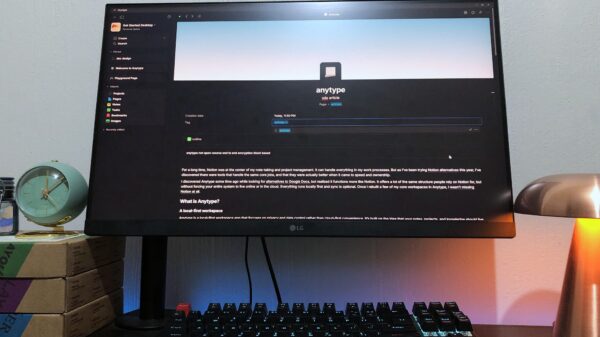On August 5, 2025, Earth will experience one of its shortest solar days on record, clocking in at just 1.25 milliseconds under the standard 24 hours. This phenomenon is part of a puzzling trend: the planet’s rotation has been speeding up in recent years, a development that has left scientists searching for answers. According to data from Timeanddate.com, this slight reduction in day length marks a significant point in a year where several shorter days are anticipated.
The concept of a day can be somewhat complex. A solar day, which is what we typically reference, lasts 24 hours, or 86,400 seconds. However, Earth’s actual rotational period, known as a sidereal day, is approximately 23 hours, 56 minutes, and 4.1 seconds. This discrepancy arises because as Earth rotates, it is also orbiting around the sun, causing celestial bodies to appear to rise and set slightly earlier each day.
In 2025, scientists have identified three specific dates when the solar day will be shorter than the expected 24 hours: July 9 (1.23 milliseconds shorter), July 22 (1.36 milliseconds shorter), and August 5. The shortest recorded solar day occurred on July 5, 2024, when it was 1.66 milliseconds less than 24 hours.
Historically, Earth’s solar day has been lengthening due to the moon’s gravitational influence. As the moon orbits Earth, it generates friction, causing its orbital path to drift outward. This process transfers some of Earth’s rotational energy to the moon, ultimately resulting in a slower rotation of the planet and longer days.
The moon’s position relative to Earth’s equator plays a crucial role in the changes in rotation speed. On the identified dates, variations in the moon’s declination can influence tidal forces, subtly impacting Earth’s rotation rate. While these short-term fluctuations are understood, the broader factors contributing to the recent acceleration in Earth’s rotation remain unclear.
Some researchers suggest that global warming could be a factor, but the more likely explanation involves the rotation of Earth’s liquid core. Decreased rotation in the core may allow the rest of the planet to rotate more quickly. As a result, while the changes on August 5 may be imperceptible to most, ongoing shifts could lead to the introduction of a negative leap second by 2029, marking an unprecedented adjustment in timekeeping systems.
As scientists continue to investigate these intriguing developments, the phenomenon serves as a reminder of the dynamic nature of our planet and the complex interactions that govern its behavior.








































































